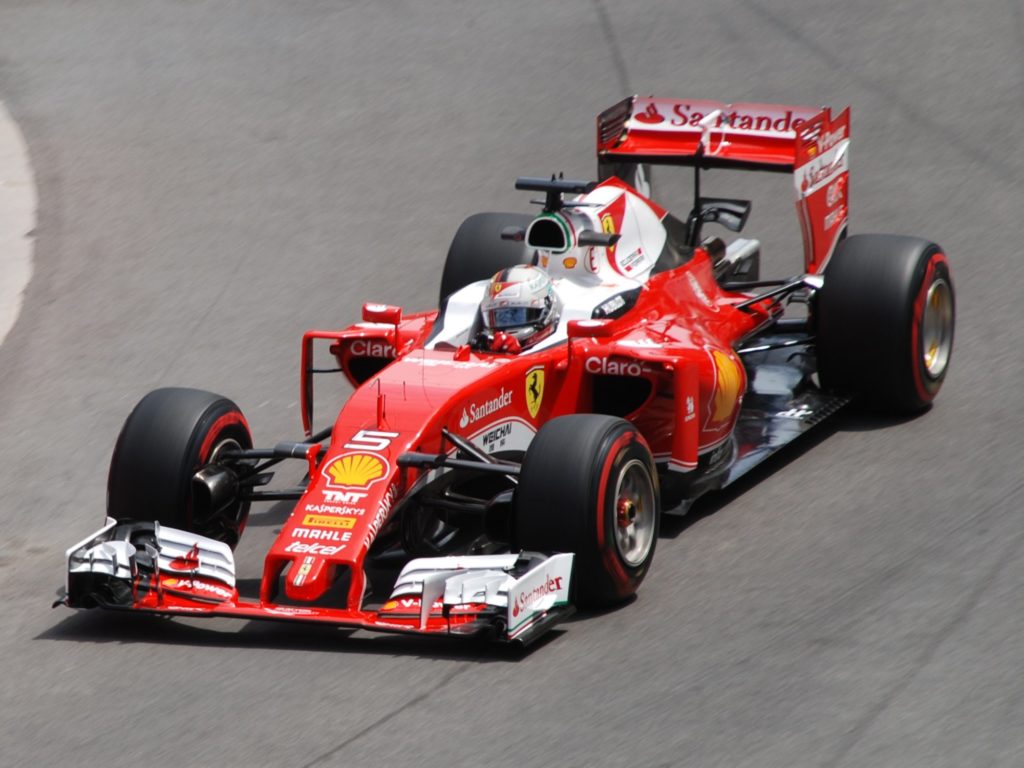High-speed collaboration the way forward for Ferrari and friends
Last weekend’s British Grand Prix was really exciting to watch – I love this time of year, when Wimbledon, The Open, Test cricket and the Tour de France all jostle with it for attention in the summer sporting calendar. It also reminded me of an excellent talk given earlier this year by Tanja Levine, director at Ashridge Executive Education. Formula One is often seen as a very self-contained world, but appearances are not always what they seem. Tanja has helped Ferrari develop a high-speed approach to collaboration, via a consortium approach with other companies to solving digital challenges.
Her presentation, made at the inaugural MERIT Summit in Barcelona to over 200 HR and L&D and senior business school figures earlier this year, highlighted a number of business challenges facing Ferrari as it recently approached its 70th anniversary. In particular, how could Ferrari prepare employees for a future where the only certainty seemed to be uncertainty and disruption? And how could it turn the digital environment to its advantage?
Ferrari chose Ashridge (part of Hult Business School), to help it find a way forward. Two things quickly became clear. Firstly: innovation and new ideas needed stimulation and fresh thinking from a diverse mix of outside corporations and not just from existing Ferrari employees. Secondly: as the new digital world touches every function and hierarchy, any collaborative approach between businesses would need an equally diverse range of experiences from tech disruptors, thought provocateurs and future millennial customers, as well as senior executives.
The concept of a consortium community to share knowledge, experience, failures and solutions at its heart. Businesses as diverse as Puma, Unilever, Uber, Tiffany & Co, Deutsche Telekom, Merck and Coca-Cola became involved in working on innovative new digital futures for other businesses as well as their own.
One important feature was the way in which the collective brainpower of the consortium group was used, through sharing failures and barriers (and not just success stories) and the use of the programme’s virtual team collaboration space, before, during and after the programme.
The full story is covered in more detail elsewhere for those who want to find out more. It’s fair to say though that the Digital Futures Programme is itself highly innovative, with a strong emphasis on live, immersive and collaborative learning for the benefit both of those working for Ferrari and its partners. Regular readers of my blogs will know this is just the sort of thing to get me excited and it has become embedded in my mind as a great example of good inter-company collaboration.
Ferrari says it has learnt a lot from others – and the others say the same thing. The programme now has a consortium group of 20 organisations who have emerged with tangible and measurable ideas to strengthen their businesses. A senior executive from GM Merck says: “It was amazing to be able to get a hugely diverse team to work on [our] digital case challenge. It yielded many new innovation ideas on how to design and leverage digital innovation and new business models. I took many ideas back home to my team, which we will follow up.”
This initiative has, at its core, been about been about partnership and allowing those previously outside to tap into the brainpower of consortium learning. So why not look outside your own business – and give a deeper level of inter-company collaboration a try?
Tanja Levine spoke about the Digital Futures Programme at the inaugural Merit Summit in Barcelona earlier this year. The next Merit summit will be held next January 2018 in Lisbon, Portugal
Merriborn Media is a business dedicated to developing clever content, engaged online communities and effective collaborative working and learning for clients. Both Merriborn Media and its founder Trevor Merriden were ranked in the Top 3 of social learning evangelists for 2016 in a recent major study.


